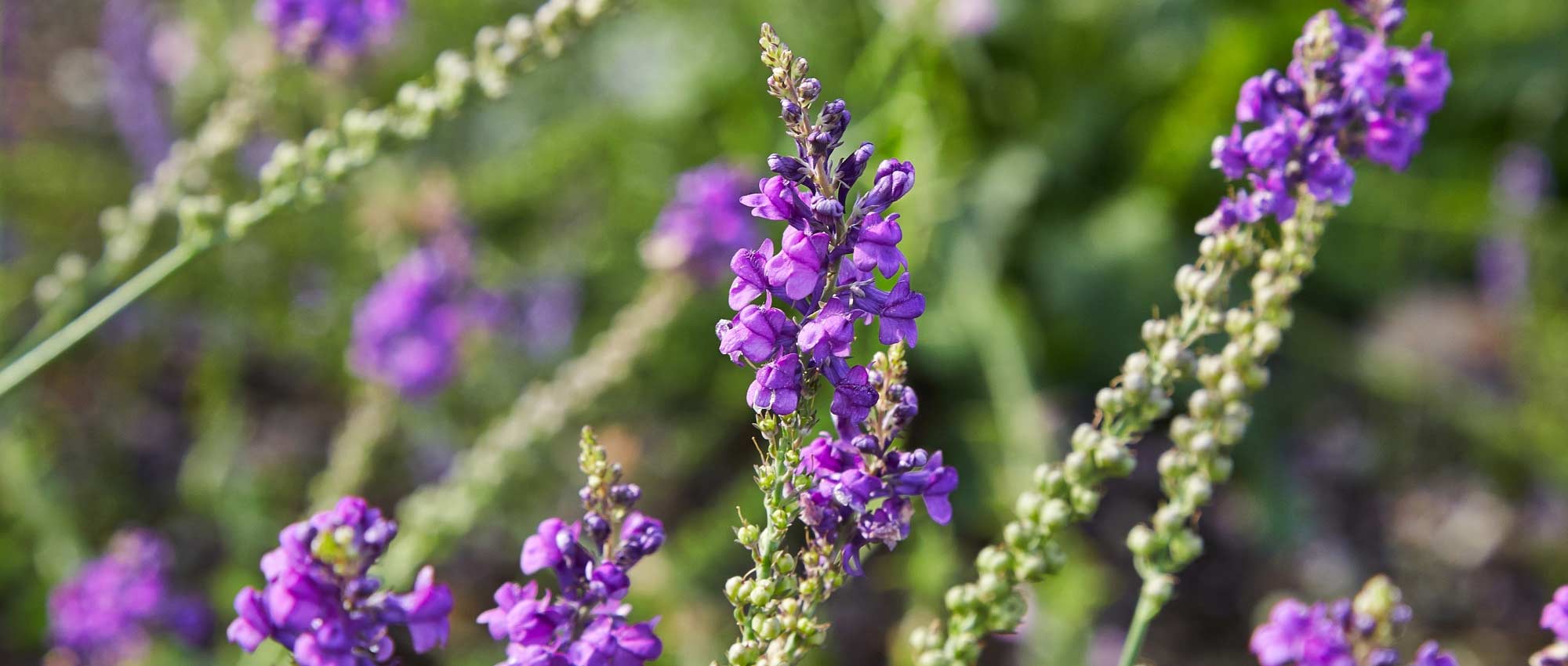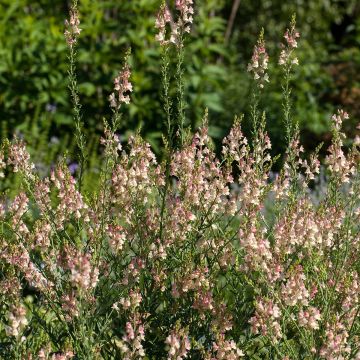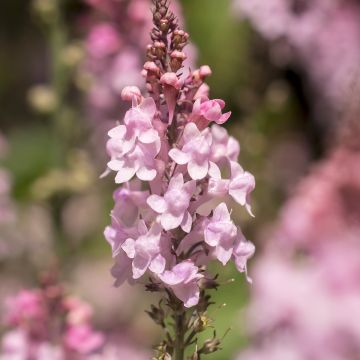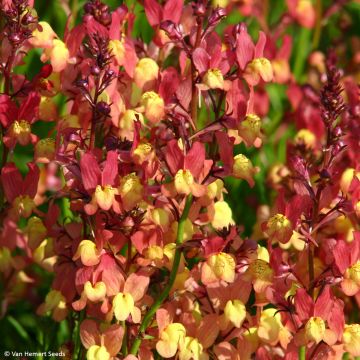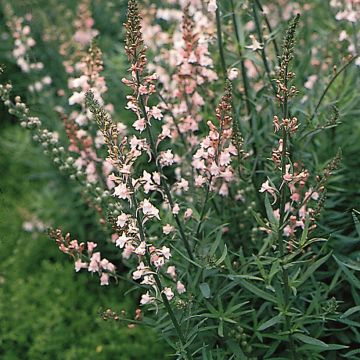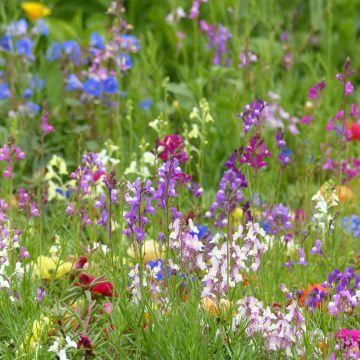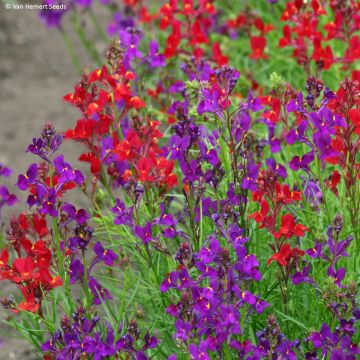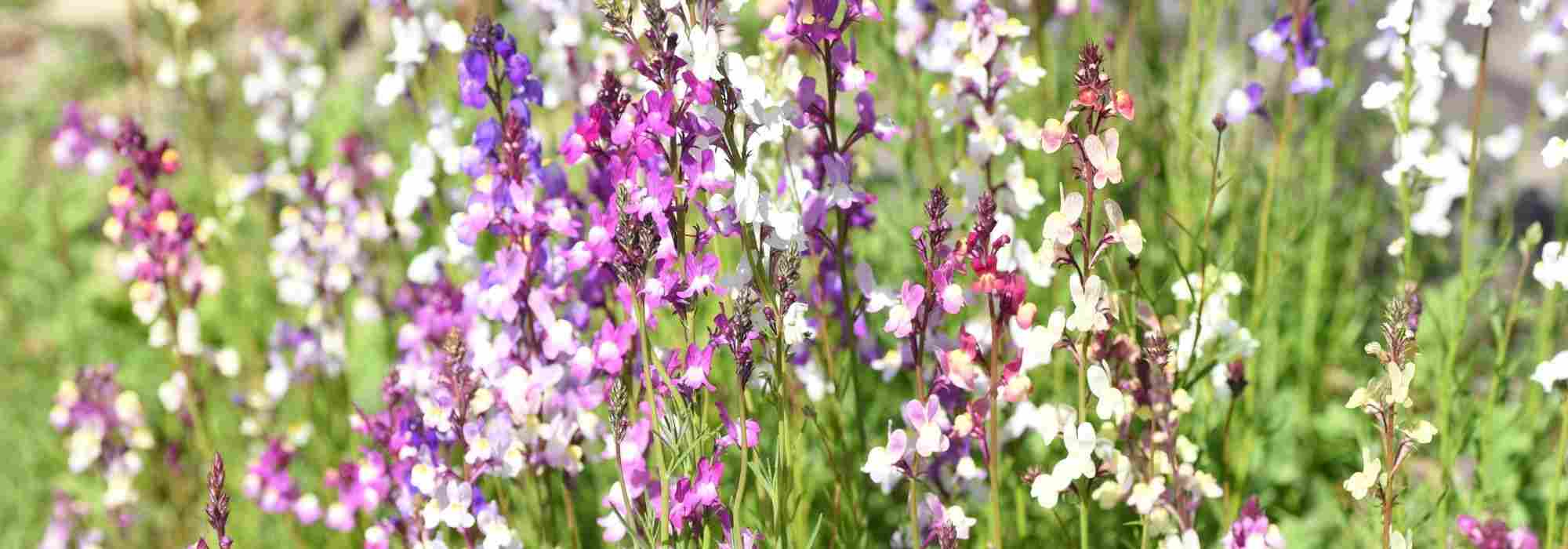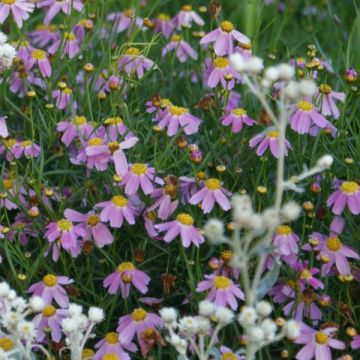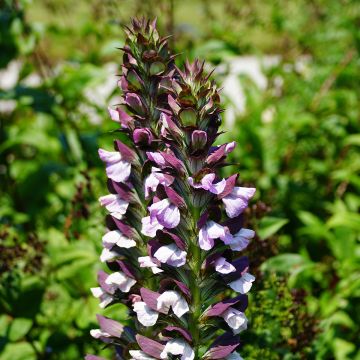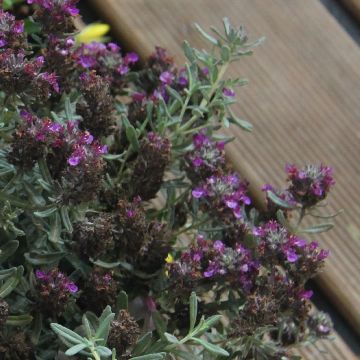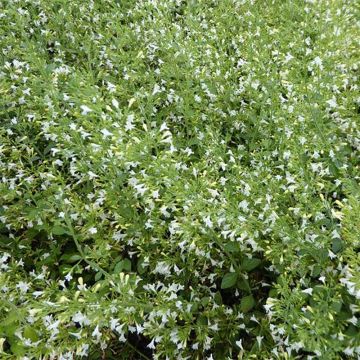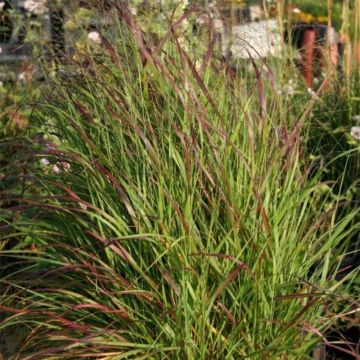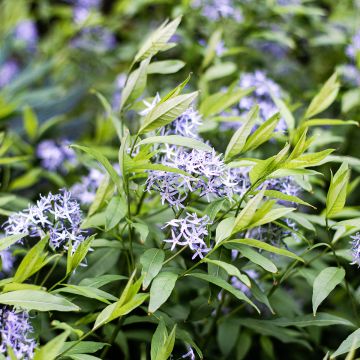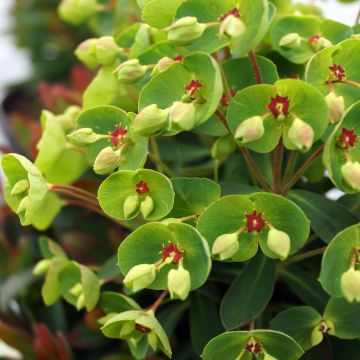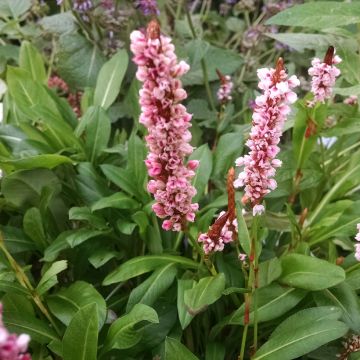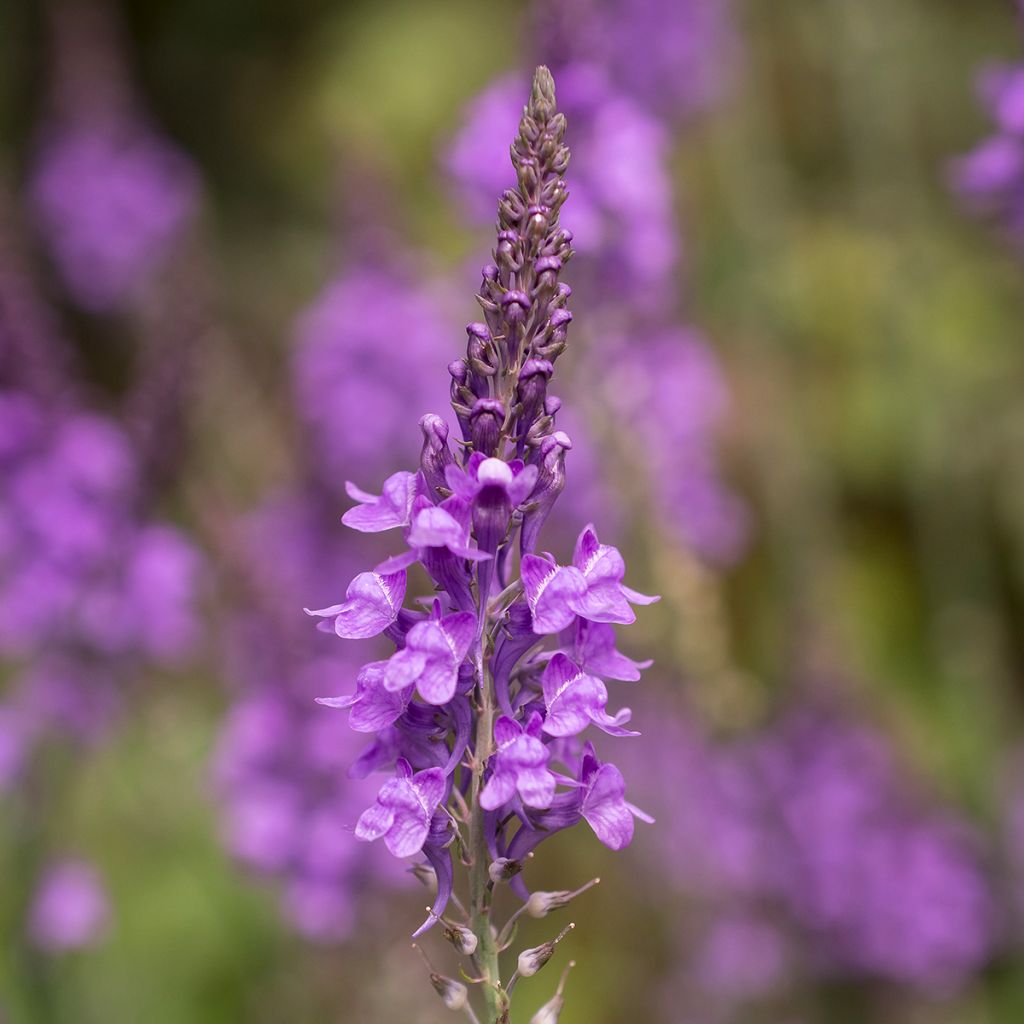

Linaria purpurea
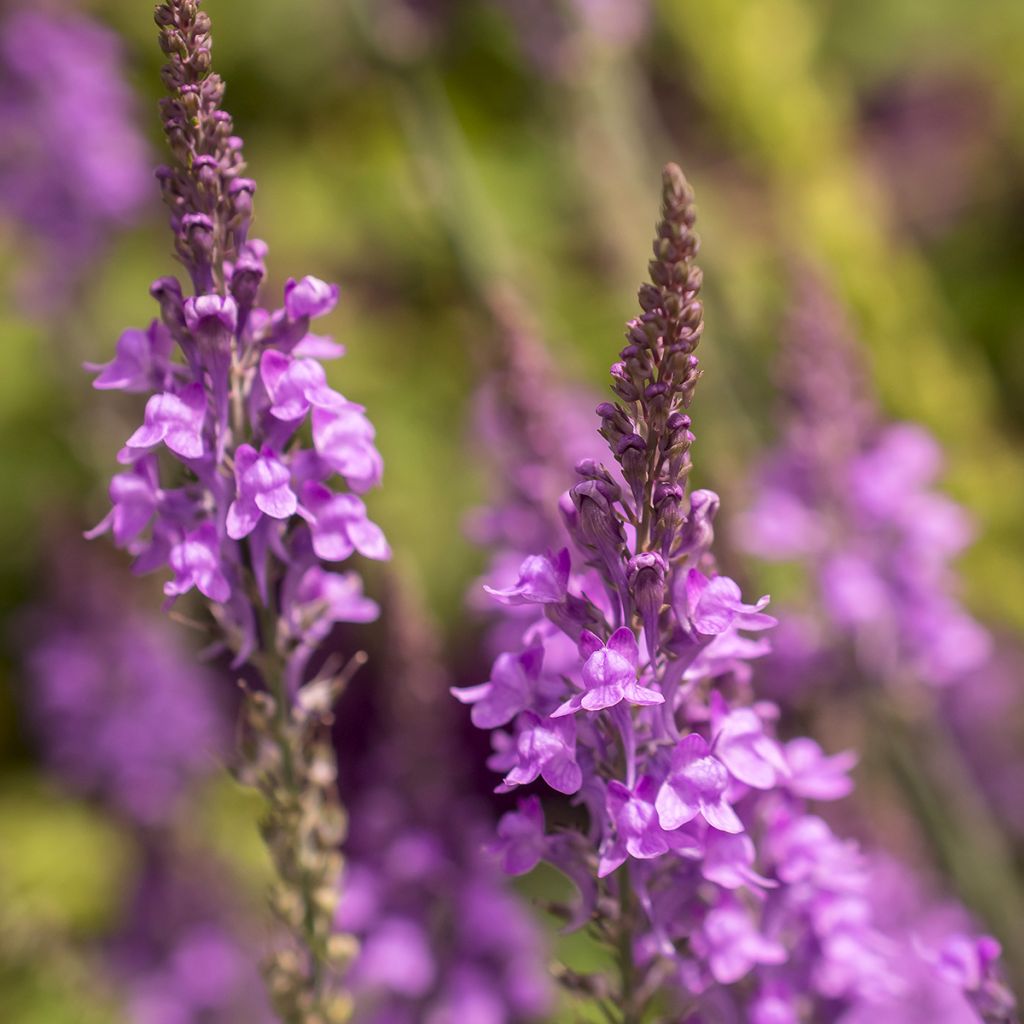

Linaria purpurea
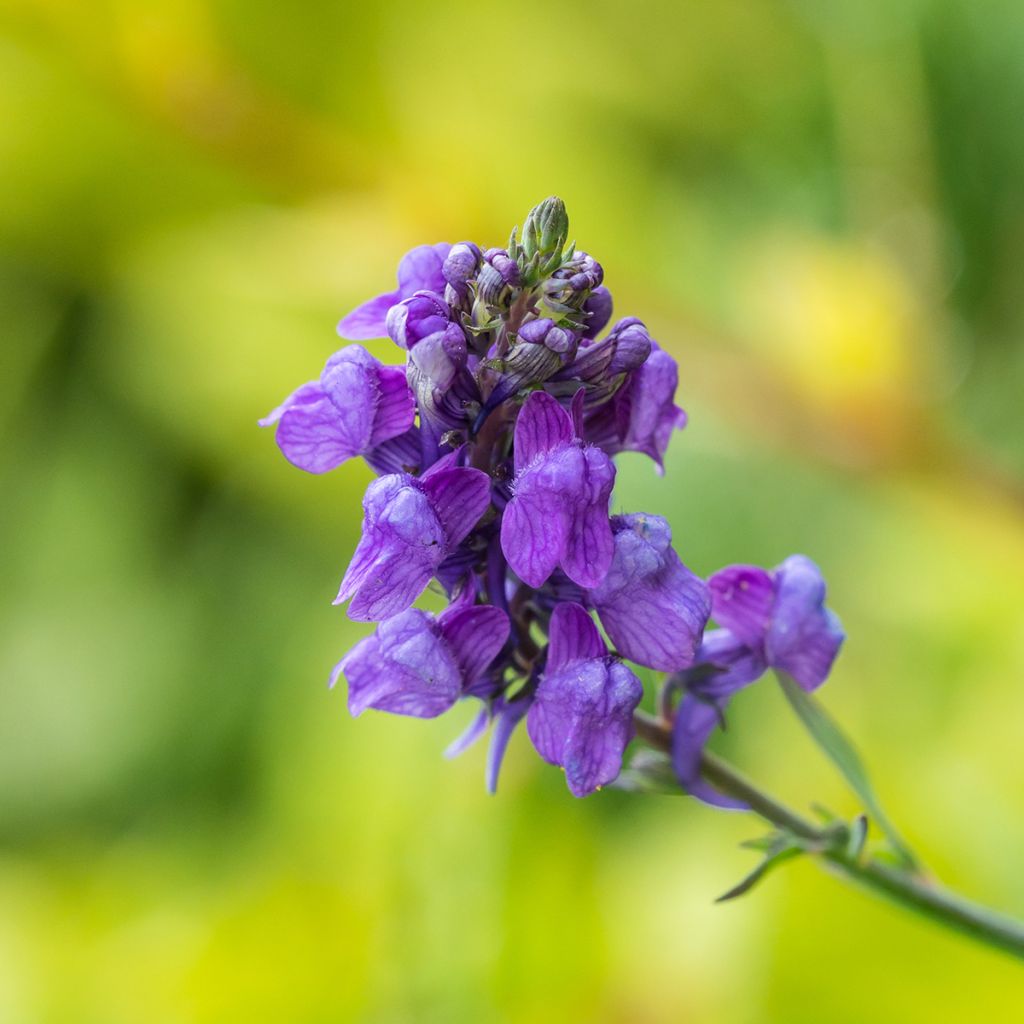

Linaria purpurea
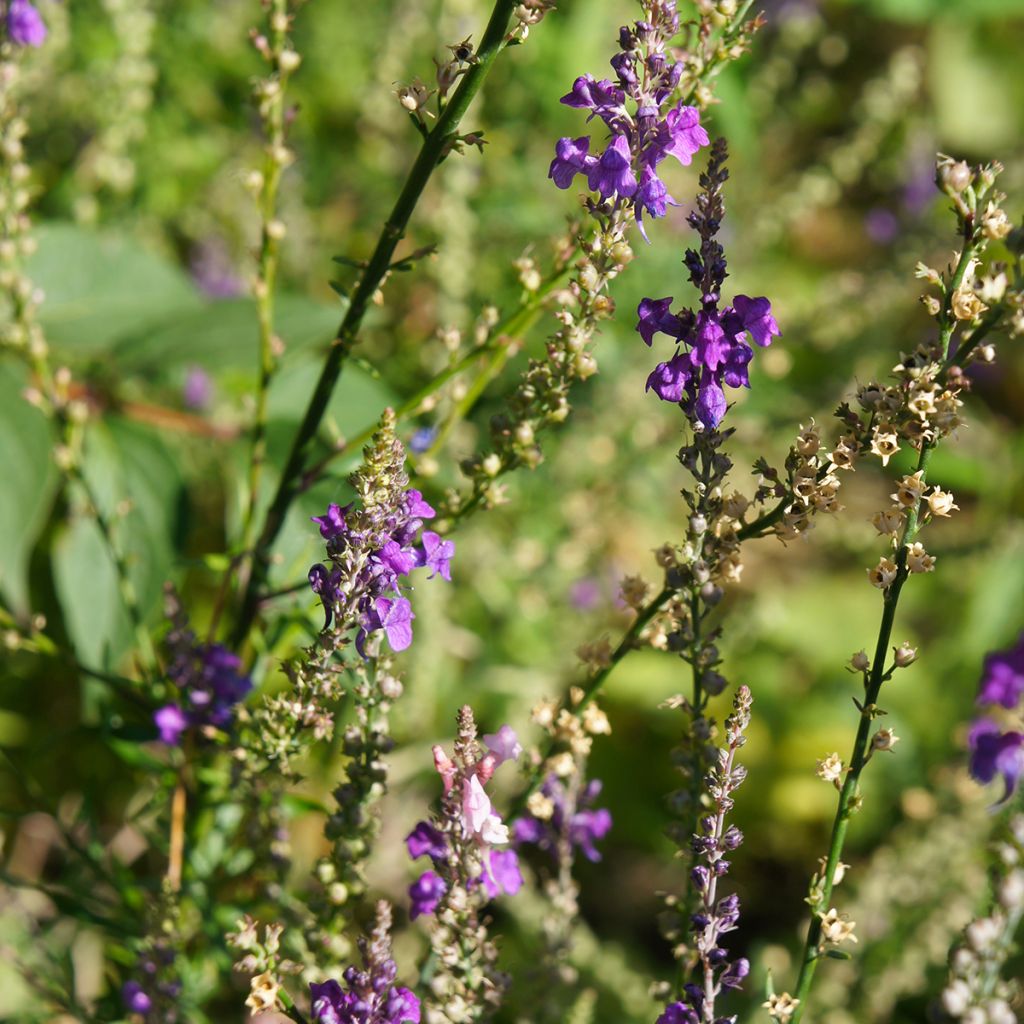

Linaria purpurea
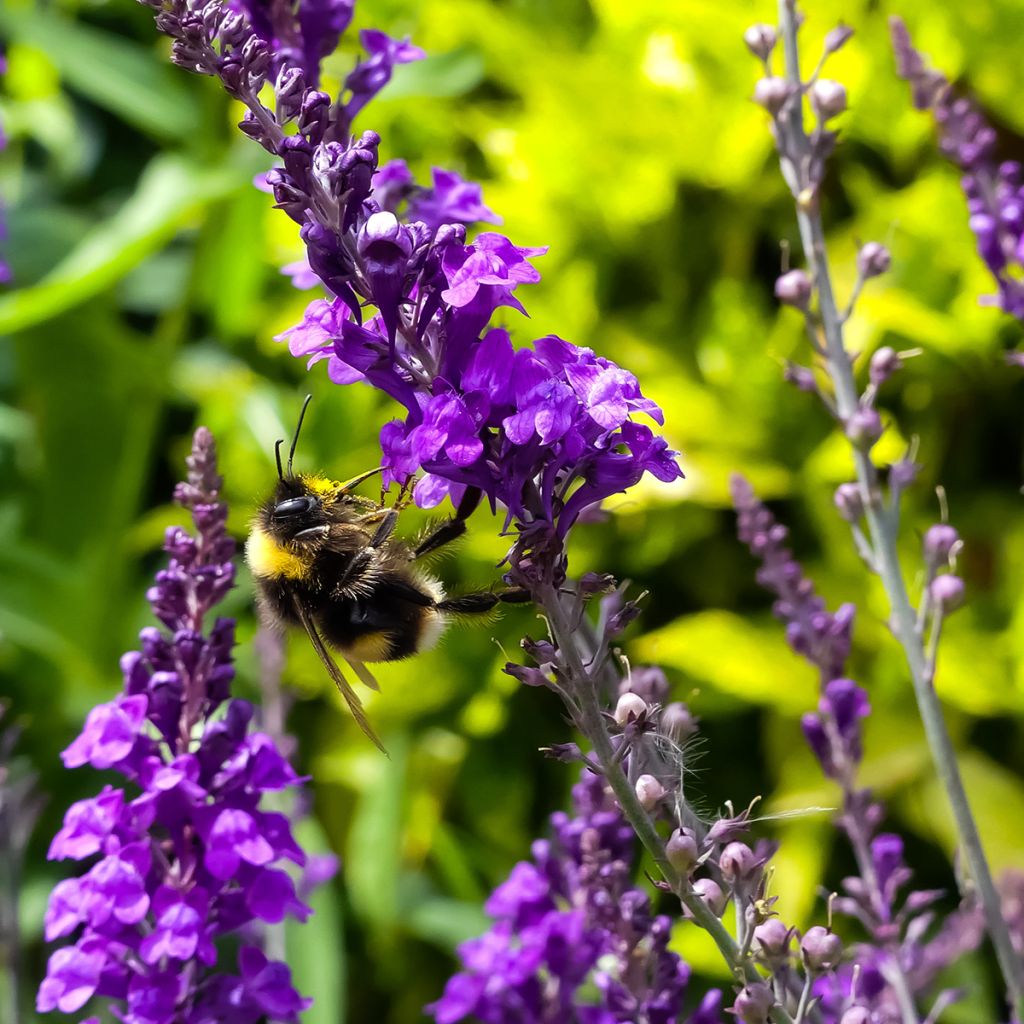

Linaria purpurea
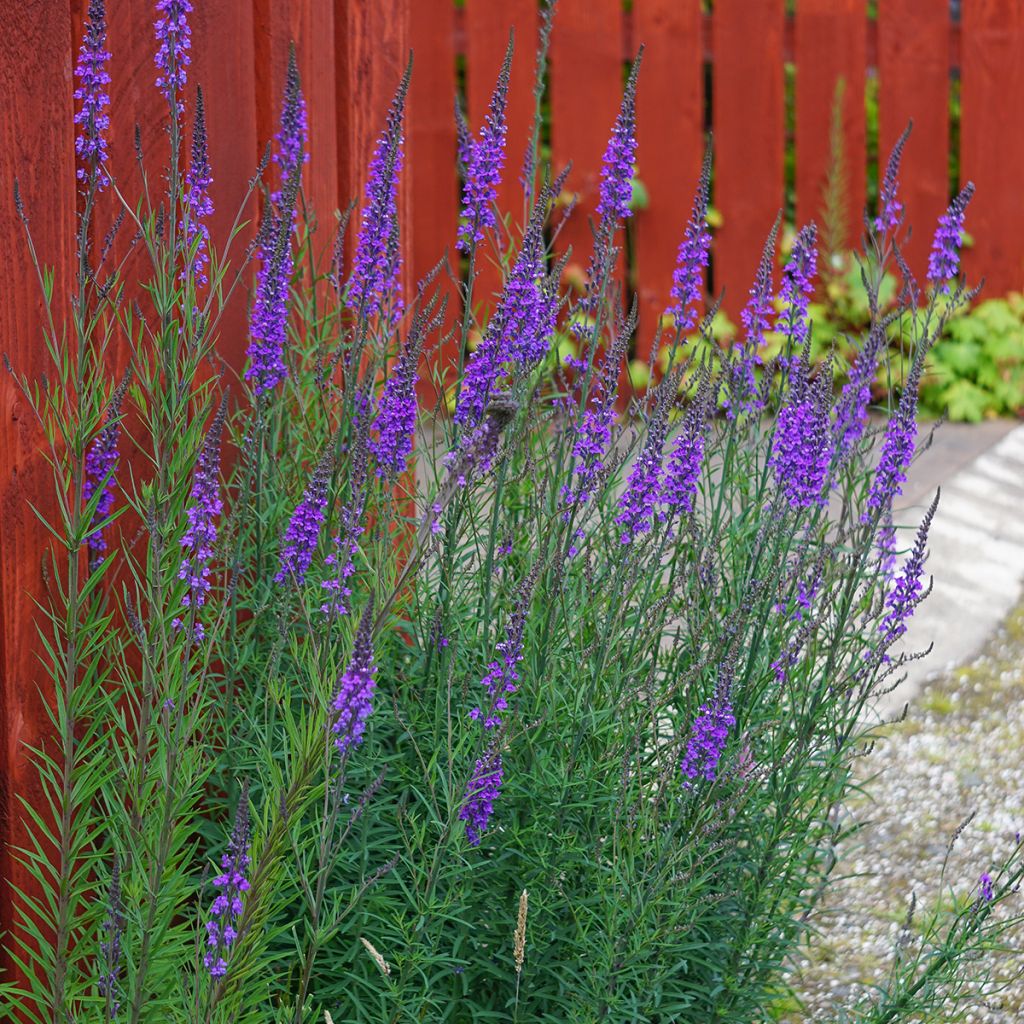

Linaria purpurea
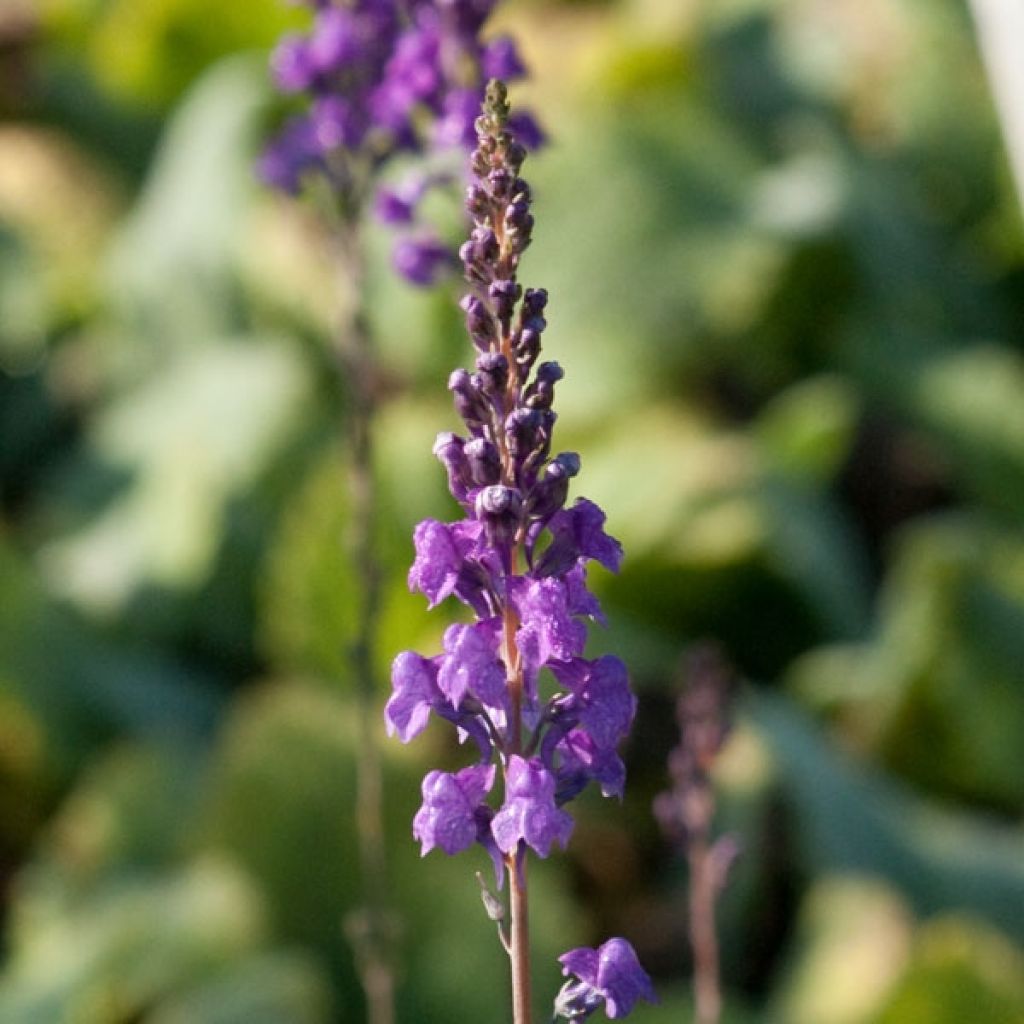

Linaria purpurea
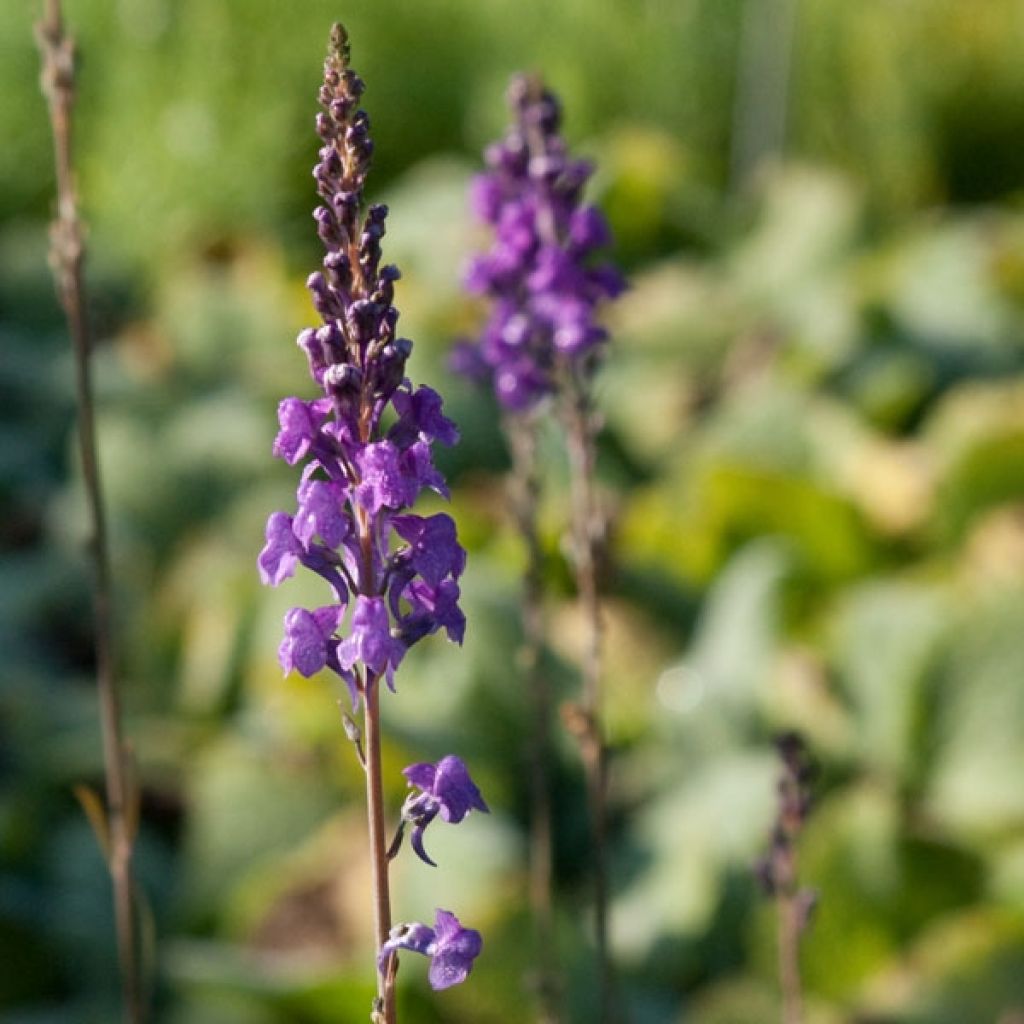

Linaria purpurea
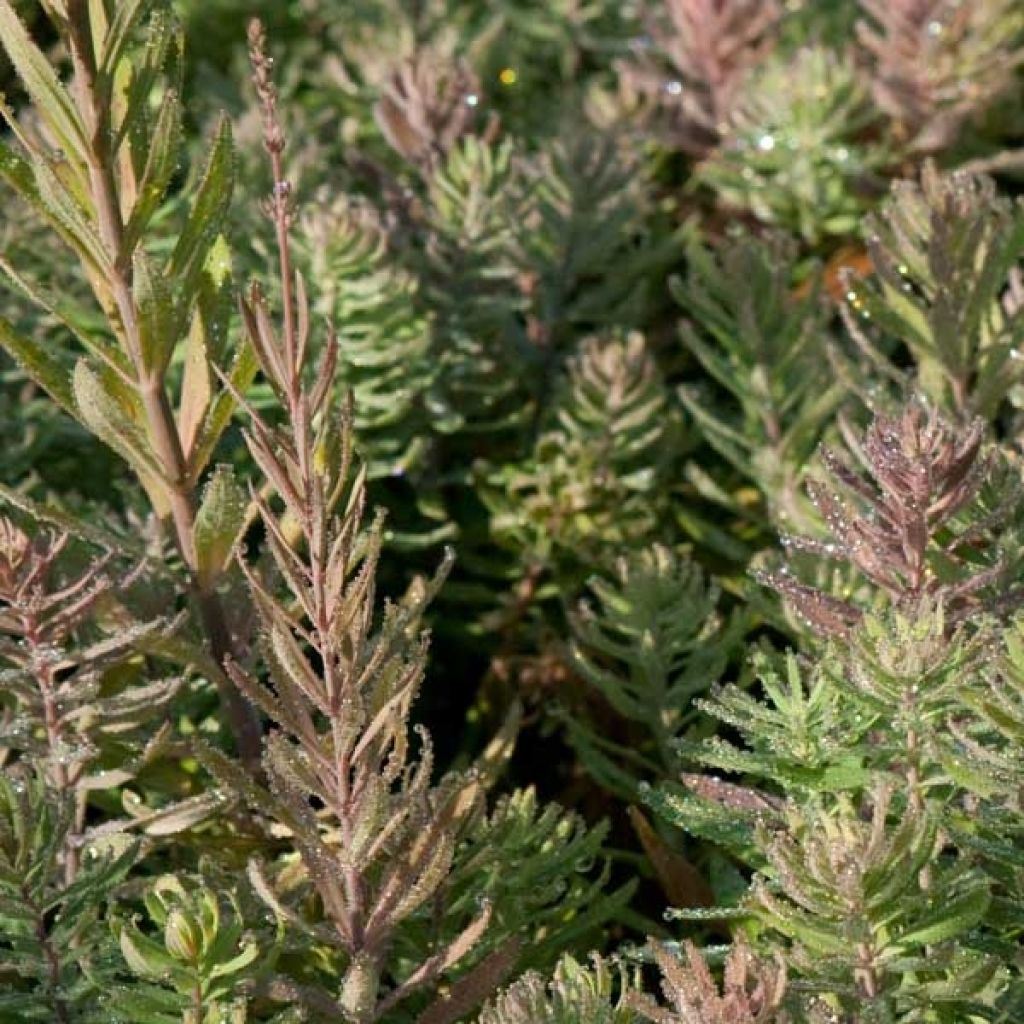

Linaria purpurea
Linaria purpurea
Linaria purpurea
Purple Toadflax
A very interesting plant to fill out a flowerbed and add height, it fills out more each year and is very popular with insects.
Anne-Marie, 10/05/2025
Special offer!
Receive a €20 voucher for any order over €90 (excluding delivery costs, credit notes, and plastic-free options)!
1- Add your favorite plants to your cart.
2- Once you have reached €90, confirm your order (you can even choose the delivery date!).
3- As soon as your order is shipped, you will receive an email containing your voucher code, valid for 3 months (90 days).
Your voucher is unique and can only be used once, for any order with a minimum value of €20, excluding delivery costs.
Can be combined with other current offers, non-divisible and non-refundable.
Home or relay delivery (depending on size and destination)
Schedule delivery date,
and select date in basket
This plant carries a 12 months recovery warranty
More information
We guarantee the quality of our plants for a full growing cycle, and will replace at our expense any plant that fails to recover under normal climatic and planting conditions.

Does this plant fit my garden?
Set up your Plantfit profile →
Description
The Linaria purpurea, also known as Purple Toadflax, is a charming perennial plant that should be seen more often in gardens. It blooms throughout the summer, with long, slender spikes of pale purple, creating an airy and colourful effect in wildflower borders or, more unexpectedly, mixed with roses. It is a very robust and water-efficient plant that only requires a sunny exposure to thrive. Although it only lives for a few years, the toadflax self-seeds quite easily in the garden.
The Linaria purpurea (synonym Antirrhinum purpureum) belongs to the Plantaginaceae or Scrophulariaceae family in the old botanical classifications. It is a cousin of snapdragons, to which it bears a resemblance in its flowering. It is native to southern Europe (Italy) and the Balkans. It is a perennial plant with a relatively short life, especially in heavy and clayey soils that are very wet in winter: its roots are sensitive to damp cold, which causes them to rot. In our very rainy climates and heavy soil, it can behave like a biennial. Purple toadflax easily persists through spontaneous sowing, without becoming invasive. It has good tolerance to dry cold, limestone, and summer drought.
The toadflax first forms a clump of leafy stems with a gracefully upright habit, slightly spreading, quickly reaching about 80 cm (32in) in height with a base spread of 40 cm (16in). The cylindrical, green, and very sturdy stems bear elongated leaves that can resemble those of flax in shape (hence its name, toadflax). Regularly distributed around the stem, this bluish-green foliage persists more or less through winter. Flowering occurs on plants aged 2 years or older. It continues for several weeks in summer if faded inflorescences are regularly removed. It consists of long, slender spikes packed with small, light purple flowers with a curved spur of bright white. The flowers measure 25 mm (1in). After the flowers, which are highly visited by pollinating insects, come the fruits. These are capsules containing numerous small seeds that spontaneously sow in light soil.
Toadflax adds height and lightness to flower and low shrub borders. It pairs well with herbaceous clematis, grasses (Miscanthus, Stipa, Eragrostis) as well as bush roses. It also blends with lavenders, catmints, gauras, bluebeards, and shrubby salvias in an airy scene that remains interesting late in the season. In a border with a meadow-like appearance, associate it with cornflowers, cosmos, poppies, snapdragons, and sainfoin.
Linaria purpurea in pictures
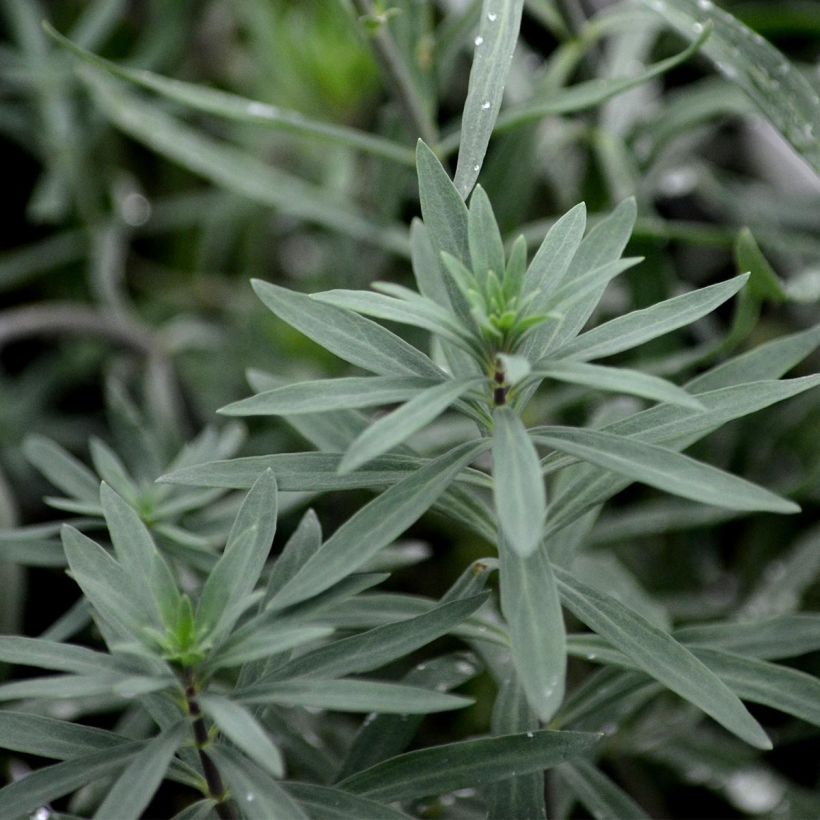



Flowering
Foliage
Plant habit
Botanical data
Linaria
purpurea
Scrophulariaceae
Purple Toadflax
Western Europe
Other Linaria - Toadflax
View all →Planting and care
Planting period
Intended location
Care
Planting & care advice
-
, onOrder confirmed
Reply from on Promesse de fleurs
Similar products
Haven't found what you were looking for?
Hardiness is the lowest winter temperature a plant can endure without suffering serious damage or even dying. However, hardiness is affected by location (a sheltered area, such as a patio), protection (winter cover) and soil type (hardiness is improved by well-drained soil).

Photo Sharing Terms & Conditions
In order to encourage gardeners to interact and share their experiences, Promesse de fleurs offers various media enabling content to be uploaded onto its Site - in particular via the ‘Photo sharing’ module.
The User agrees to refrain from:
- Posting any content that is illegal, prejudicial, insulting, racist, inciteful to hatred, revisionist, contrary to public decency, that infringes on privacy or on the privacy rights of third parties, in particular the publicity rights of persons and goods, intellectual property rights, or the right to privacy.
- Submitting content on behalf of a third party;
- Impersonate the identity of a third party and/or publish any personal information about a third party;
In general, the User undertakes to refrain from any unethical behaviour.
All Content (in particular text, comments, files, images, photos, videos, creative works, etc.), which may be subject to property or intellectual property rights, image or other private rights, shall remain the property of the User, subject to the limited rights granted by the terms of the licence granted by Promesse de fleurs as stated below. Users are at liberty to publish or not to publish such Content on the Site, notably via the ‘Photo Sharing’ facility, and accept that this Content shall be made public and freely accessible, notably on the Internet.
Users further acknowledge, undertake to have ,and guarantee that they hold all necessary rights and permissions to publish such material on the Site, in particular with regard to the legislation in force pertaining to any privacy, property, intellectual property, image, or contractual rights, or rights of any other nature. By publishing such Content on the Site, Users acknowledge accepting full liability as publishers of the Content within the meaning of the law, and grant Promesse de fleurs, free of charge, an inclusive, worldwide licence for the said Content for the entire duration of its publication, including all reproduction, representation, up/downloading, displaying, performing, transmission, and storage rights.
Users also grant permission for their name to be linked to the Content and accept that this link may not always be made available.
By engaging in posting material, Users consent to their Content becoming automatically accessible on the Internet, in particular on other sites and/or blogs and/or web pages of the Promesse de fleurs site, including in particular social pages and the Promesse de fleurs catalogue.
Users may secure the removal of entrusted content free of charge by issuing a simple request via our contact form.
The flowering period indicated on our website applies to countries and regions located in USDA zone 8 (France, the United Kingdom, Ireland, the Netherlands, etc.)
It will vary according to where you live:
- In zones 9 to 10 (Italy, Spain, Greece, etc.), flowering will occur about 2 to 4 weeks earlier.
- In zones 6 to 7 (Germany, Poland, Slovenia, and lower mountainous regions), flowering will be delayed by 2 to 3 weeks.
- In zone 5 (Central Europe, Scandinavia), blooming will be delayed by 3 to 5 weeks.
In temperate climates, pruning of spring-flowering shrubs (forsythia, spireas, etc.) should be done just after flowering.
Pruning of summer-flowering shrubs (Indian Lilac, Perovskia, etc.) can be done in winter or spring.
In cold regions as well as with frost-sensitive plants, avoid pruning too early when severe frosts may still occur.
The planting period indicated on our website applies to countries and regions located in USDA zone 8 (France, United Kingdom, Ireland, Netherlands).
It will vary according to where you live:
- In Mediterranean zones (Marseille, Madrid, Milan, etc.), autumn and winter are the best planting periods.
- In continental zones (Strasbourg, Munich, Vienna, etc.), delay planting by 2 to 3 weeks in spring and bring it forward by 2 to 4 weeks in autumn.
- In mountainous regions (the Alps, Pyrenees, Carpathians, etc.), it is best to plant in late spring (May-June) or late summer (August-September).
The harvesting period indicated on our website applies to countries and regions in USDA zone 8 (France, England, Ireland, the Netherlands).
In colder areas (Scandinavia, Poland, Austria...) fruit and vegetable harvests are likely to be delayed by 3-4 weeks.
In warmer areas (Italy, Spain, Greece, etc.), harvesting will probably take place earlier, depending on weather conditions.
The sowing periods indicated on our website apply to countries and regions within USDA Zone 8 (France, UK, Ireland, Netherlands).
In colder areas (Scandinavia, Poland, Austria...), delay any outdoor sowing by 3-4 weeks, or sow under glass.
In warmer climes (Italy, Spain, Greece, etc.), bring outdoor sowing forward by a few weeks.






























